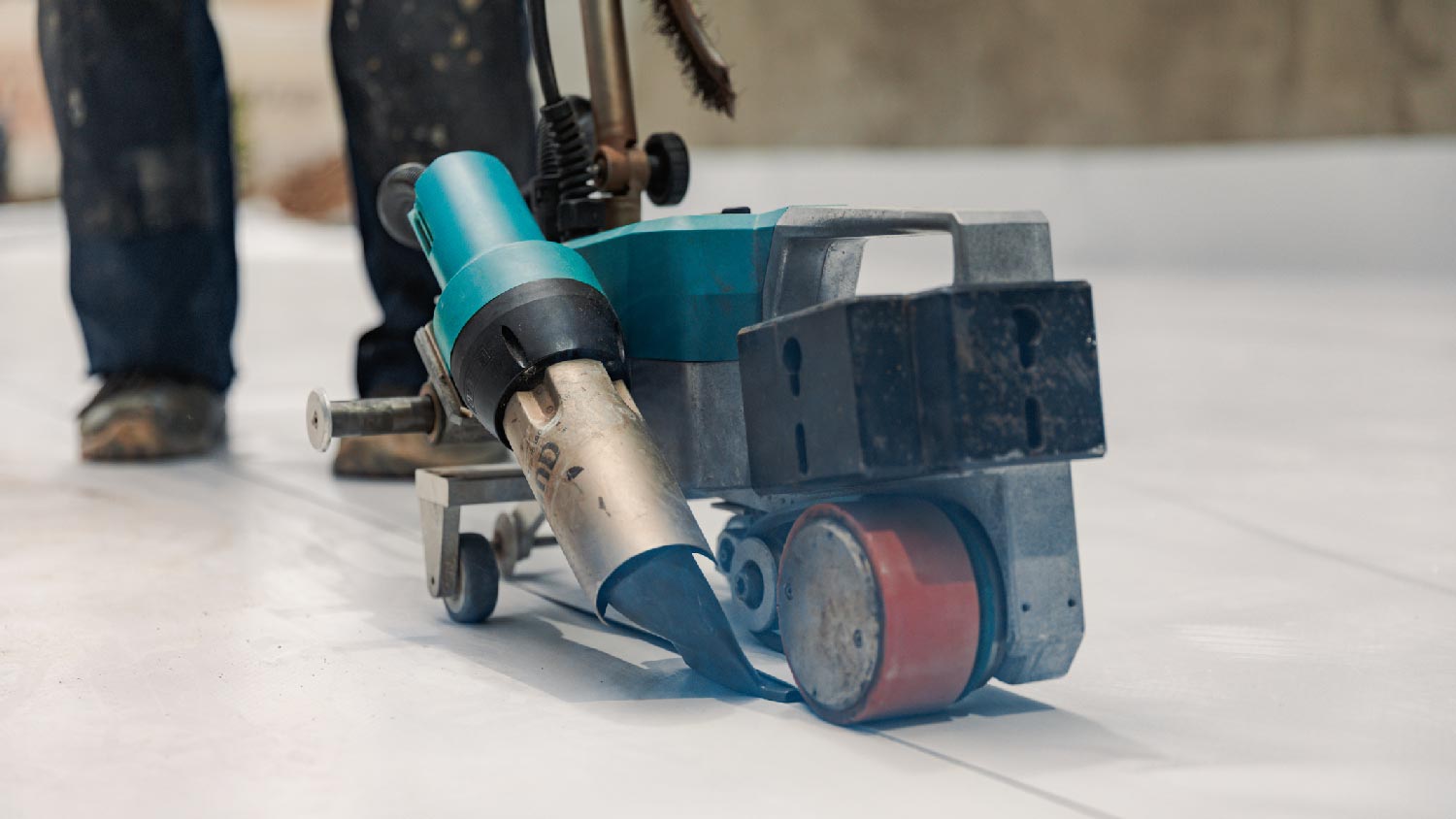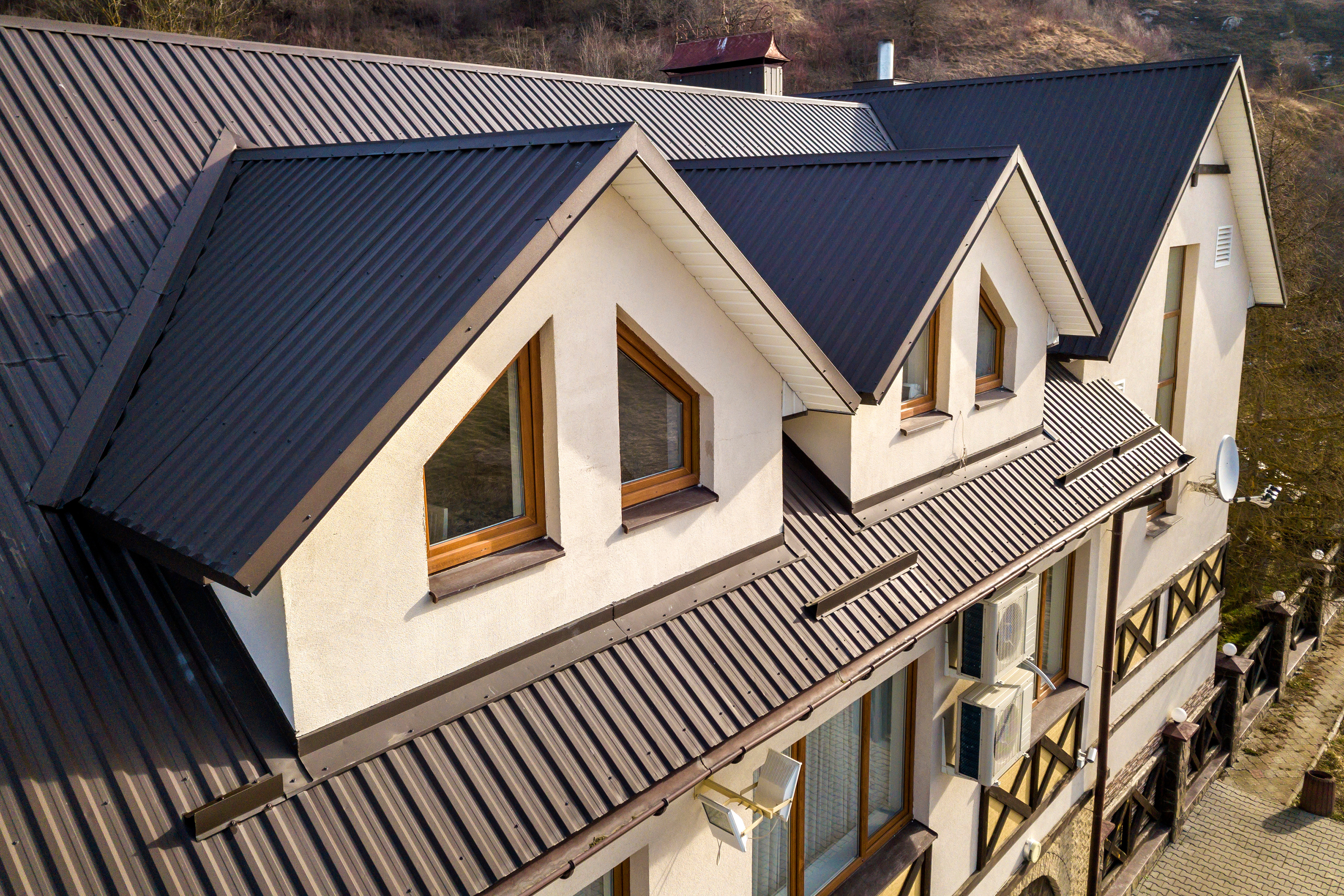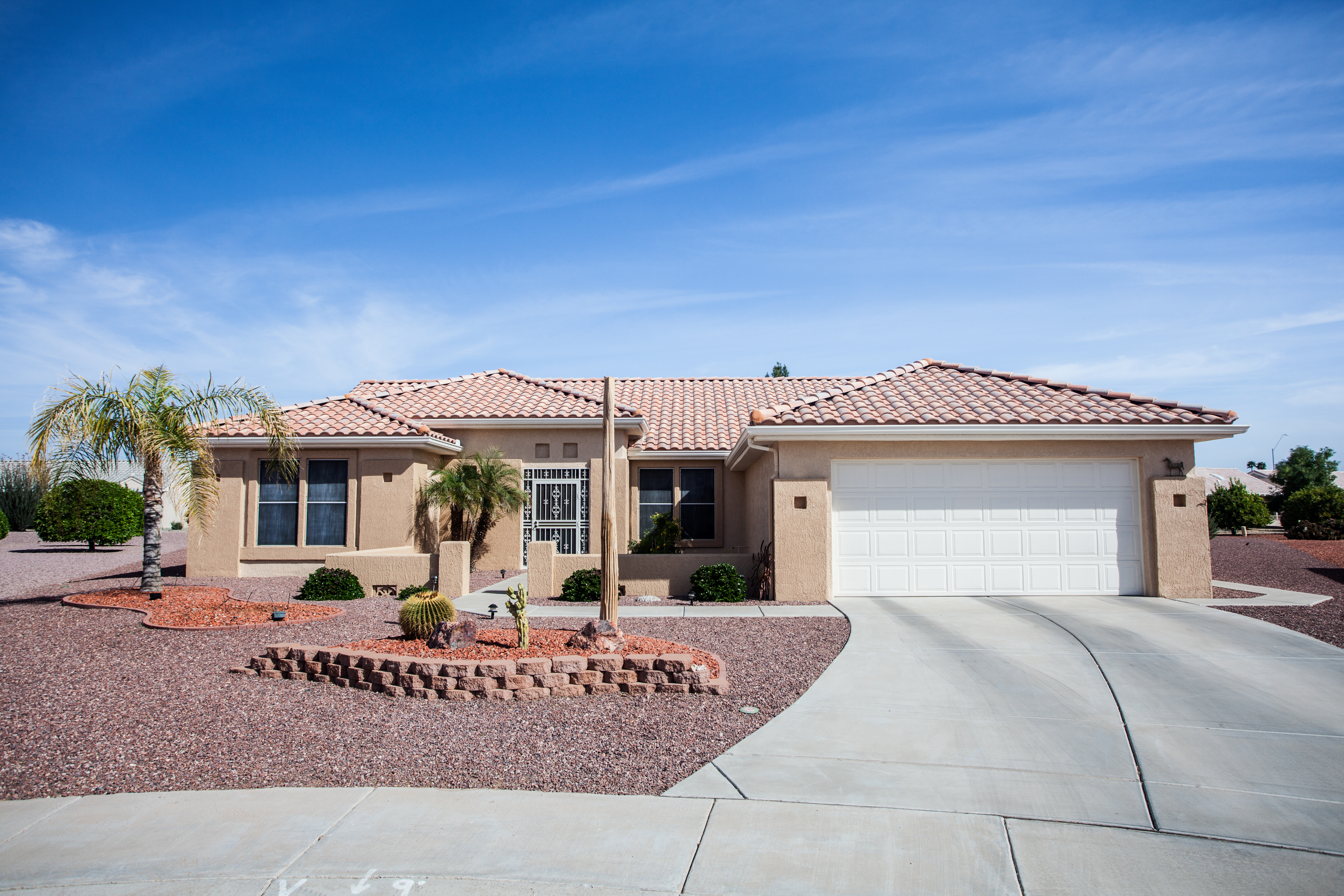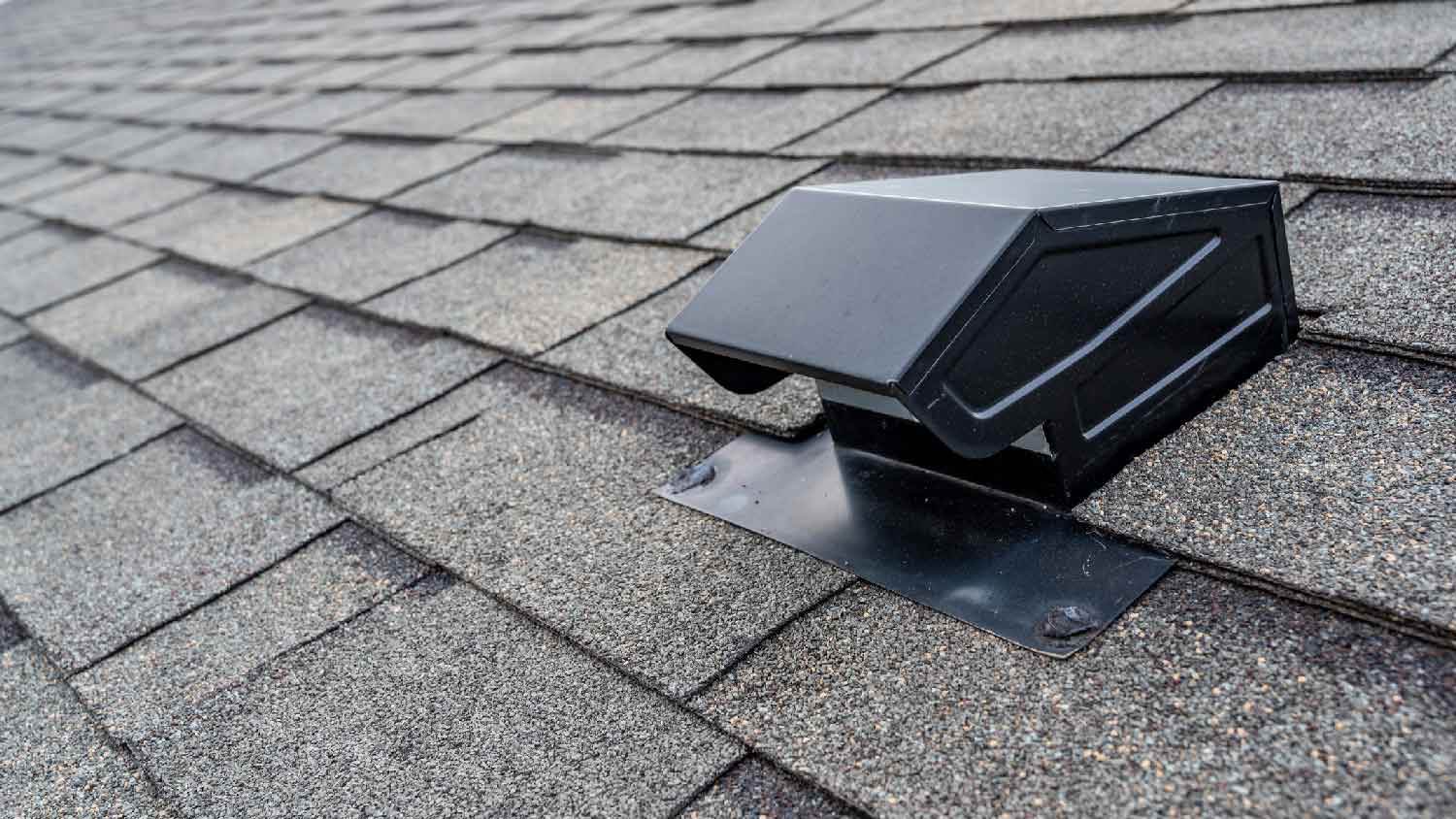
Not quite ready for a full roof replacement? Learn about roof repair costs in Phoenix and what factors to consider to get an accurate estimate for your project.
Stay on top of potential problems with your TPO roof


TPO roofing is a durable, weather-resistant material for flat and low-slope roofs.
TPO roofs must be correctly installed to avoid serious problems.
TPO roofs are prone to leaks, punctures, standing water, and improperly adhered material.
Replacing your roof is a major project, so you want to know as much as possible about the roofing material you choose—both the good and the bad—before you start the job. Thermoplastic polyolefin, or TPO, is a popular material choice for many roofs, but like any material, it can present some problems. Learn about common TPO roofing problems, why they occur, and how to prevent them so your roof stays durable and can protect your home for years to come.
TPO roofing is a waterproof membrane that comes in large sheets of thermoplastic polyolefin that are joined together using heat, fasteners, adhesive, or a combination of those methods. It’s often used on flat roofs, especially on commercial or industrial buildings. For residential use, it’s used on homes with very low-sloped or flat roofs and outbuildings like freestanding garages with flat roofs.
TPO is durable and weather-resistant, making it a good choice in areas with harsh weather. It’s a low-maintenance option that can help with energy efficiency. However, this popular roofing material does have some drawbacks, which can stem from improper installation, not maintaining the TPO roof correctly, or even just the effects of aging material.
TPO roofs can cost more when you compare TPO to PVC roofs or other flat or low-slope roofing materials, but along with the higher price tag comes a longer lifespan of up to 30 years compared to 15 to 20 years for less expensive options.
Fixing a water leak accounts for nearly half of flat roof repairs. Leaks are most likely to happen at the seams where TPO membrane sheets are joined. They can also occur when TPO roofing is punctured during a storm. Contact a roofer as soon as possible to have your roof repaired and prevent water damage.
One of the most common roofing problems with TPO roofs is their susceptibility to punctures and tears from storm debris. Since the material is a single-ply flexible membrane, it doesn’t have the puncture resistance of sturdier roofing materials like shingles. A single puncture can lead to water leaks and larger tears if not immediately addressed by a local roof repair professional.
Damage from people walking around on the roof is another way TPO roofs can get punctured or torn. This damage can occur during roofing installation, repairs of HVAC units or other rooftop utilities, or even if the rooftop is used as a balcony or entertaining space. Foot traffic punctures can be prevented by reinforcing areas that may see frequent traffic.
Punctures or tears in TPO roofing can be repaired by using TPO sealant and patches or heat welding. The size and placement of the puncture will determine the best repair method—contact a roofer to ensure the puncture is repaired properly.

TPO roofs can leak at the seams where the membrane sheets are joined together. These seams are the weakest point of the roofing material and the most likely to fail, which can lead to unexpected and unwanted water intrusion and roof leaks during heavy rain. If you notice leaks from your TPO roof, it’s best to immediately call a pro who repairs roofs to fix the seams as soon as possible.
The most likely reason a TPO roof will leak at the seams is that the seams weren’t joined properly during installation. TPO sheets are often joined using heat guns, and if the roofer doesn’t follow the correct procedure, the seam can fail. Sometimes, adhesives are used to join seams instead of heat and can weaken or deteriorate if not properly installed.
Another cause of seam leaks is when the TPO material shrinks and expands due to changing temperatures. This puts pressure on the seams and weakens them.
Leaks from seam failure can be repaired by having a professional re-weld the seams. This is a job best handled by the pros—trying to DIY seam repair can worsen the problem and compromise your roof. Choose a roofer with experience repairing TPO roofing for the best results.
A TPO roof should be smooth and even across the entire surface. Sections that don’t look uniform due to peeling, bubbling, or lifting material are signs that something’s wrong.
Peeling, bubbling, and lifting are almost always signs of a bad roofing job for TPO roof installation. The roof’s surface needs to be clean, dry, and properly prepared before installing TPO. If the roofer hasn’t followed the necessary steps to prepare the roof, the TPO sheets won’t adhere correctly, which can lead to problems with the roof’s surface.
Repairing a peeling or bubbling TPO roof isn’t an easy fix. If the roof wasn’t properly installed, find out if the manufacturer or installer offers a warranty since your roof will likely need to be removed and reinstalled.
TPO is designed to be installed on flat roofs that have a very slight slope and a fully functioning drainage system to remove water from the roof as quickly as possible. Water will pool on the surface if the roof isn’t built with the necessary slope.
Pooling water is a significant concern when dealing with a flat roof. Water accumulation can weaken the TPO material and degrade the seams, leading to leaks, mold growth, and other serious problems.
Deteriorating TPO can also lead to standing water since the membrane can lose its waterproof properties and prevent water from draining properly. Regular inspections will alert you to any areas of deteriorating material so you can address any issues before standing water becomes a problem.
To fix a recurring ponding or pooling problem on your TPO roof, ensure that your drainage system is working properly and the roof’s slope is appropriate for adequate drainage. A professional roofer will be able to assess your drainage and slope to avoid future water accumulation.

Another common problem with TPO roofs is when the flexible membrane shrinks or warps from its original position. Shrinkage can cause gaps in coverage that allow water to penetrate the roof and contribute to faster material deterioration.
If the TPO material isn’t installed correctly, it may begin to shrink immediately after installation. The membrane sheets must be adhered to the roof’s surface according to the manufacturer’s specs to maintain their original shape.
Extreme heat can cause TPO to shrink. Extended exposure to high heat can make the material stiff and brittle, causing it to lose its flexibility and shrink.
Age is also a cause of shrinkage. It’s important to replace a TPO roof when it shows signs of aging. These roofs can last up to 30 years, but extreme weather conditions and lack of maintenance can shorten their lifespan.
How to fix TPO shrinkage will depend on what’s causing it. If the material is shrinking due to age, heat, or UV exposure, it’ll need to be replaced. Improperly installed TPO that’s shrinking may be able to be re-adhered—call a local roof repair pro to see if it can be fixed.
If your roof’s TPO material is punctured during a storm, it can likely be repaired. However, if the material is shrinking due to age or has extensive damage, it makes more sense to replace it entirely.
Another rule of thumb is that if the TPO repair costs 50% or more of the cost to replace it, you’re better off going for the replacement. On average, installing a new TPO roof costs $6,500 to $24,000.
It’s easier and more cost-effective to prevent TPO roofing problems than it is to fix them. With a few proactive steps, you can reduce the risk of costly roof damage. Some prevention steps you can take include:
Have your roof inspected annually to identify any damage or potential problems.
Reinforce areas that act as walkways or may see foot traffic.
Ensure your drainage system is working properly to quickly direct water off the roof.
Trim overhanging tree branches to reduce the risk of punctures from debris.
Apply protective sealants or coatings to maximize protection against UV damage, water intrusion, and more.
Mr. Edgar called in, made excuse for not showing up today! It is scheduled to rain on Saturday and I need this roof completed before it does.
I did a project with them. It was in the summer. It was for landscaping.
I contacted this contractor, but because of the bad weather he was extremely busy and was not able to come to my home the day I contacted him. I hired another contractor who came to my home on the day I needed him. However, Centrik Roofing contacted me the following day to make sure my roof...
We had a large tree fall on our house. Mike quickly repaired the roof, siding, gutter and chimney for a great price relative to other bids. The roof work included fixing and replacing some roof structure in addition to replacing the shingles in the affected areas. The chimney work was to...
The workers did an excellent job and cleaned up after themselves. Chris was great to consult with and I will likely hire him again in the future. I had to wait a couple of weeks longer to get them (they are always very busy) but it was worth it. The plumber, who sees a lot of tile work,...
They were always professional and did a good job controlling the insect problem at my house. I thought that they were also reasonably priced. I would hire them again.
From average costs to expert advice, get all the answers you need to get your job done.

Not quite ready for a full roof replacement? Learn about roof repair costs in Phoenix and what factors to consider to get an accurate estimate for your project.

Learn about average metal roof costs in Phoenix and what factors affect your total to see if it’s within your budget to upgrade.

A new roof can improve the look of your home and even reduce cooling costs. Learn about roof replacement costs in Phoenix to see how much it will set you back.

Furring strips support your metal roof and improve ventilation, but only if spaced correctly. Here’s the ideal spacing of furring strips for metal roofs.

This guide lays out the cost to install a roof vent on your home depending on the type of ventilation that's best for your roof based on several factors.

Even if you were meticulous when painting your house, it's possible that paint got onto your roof. Read this guide to learn how to get paint off shingles.